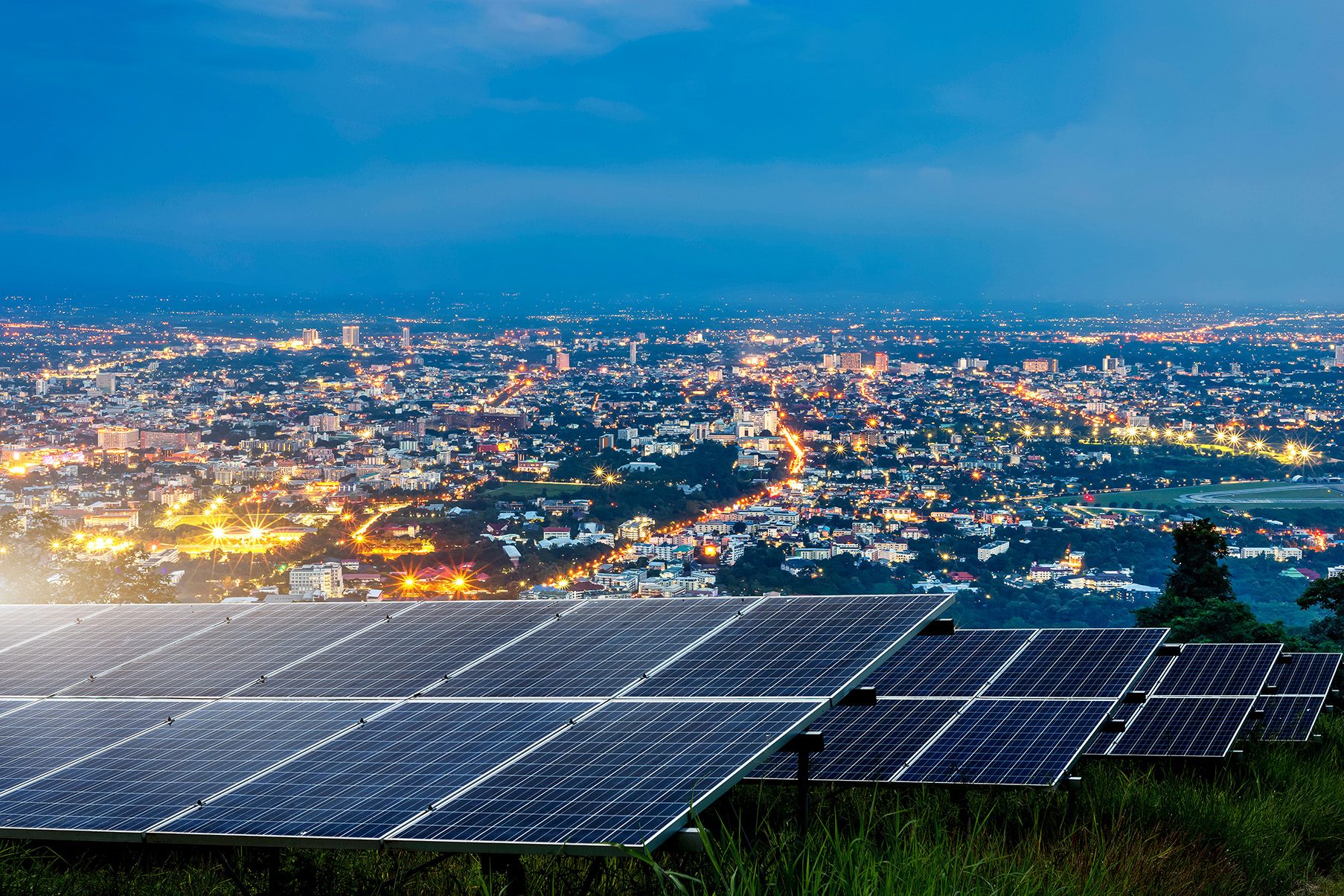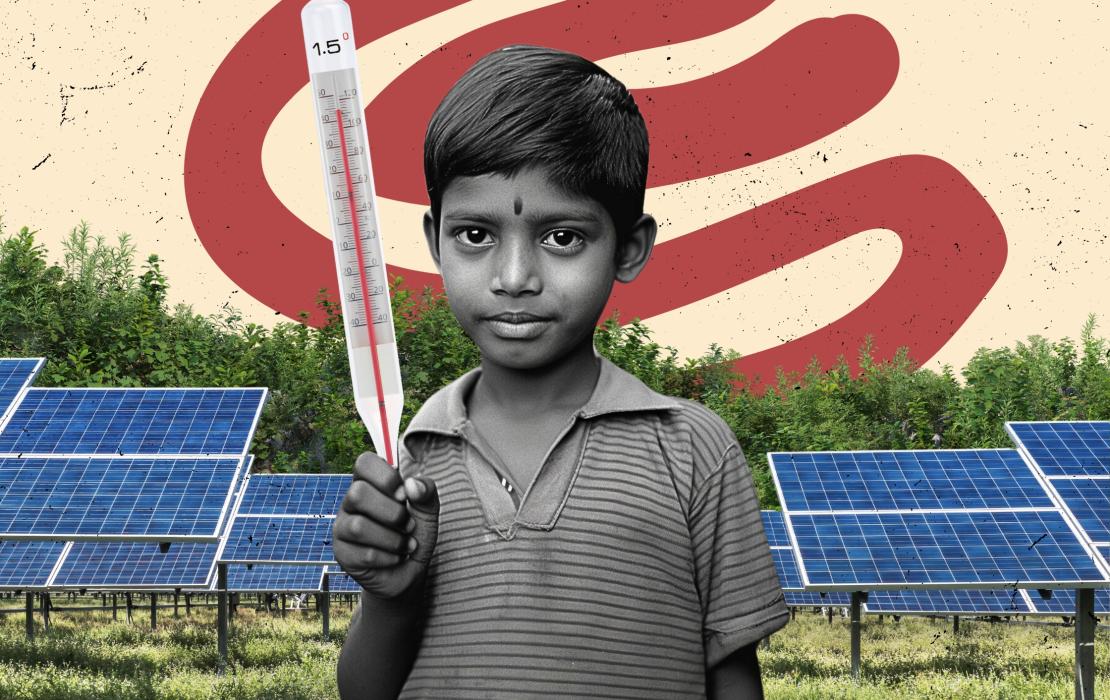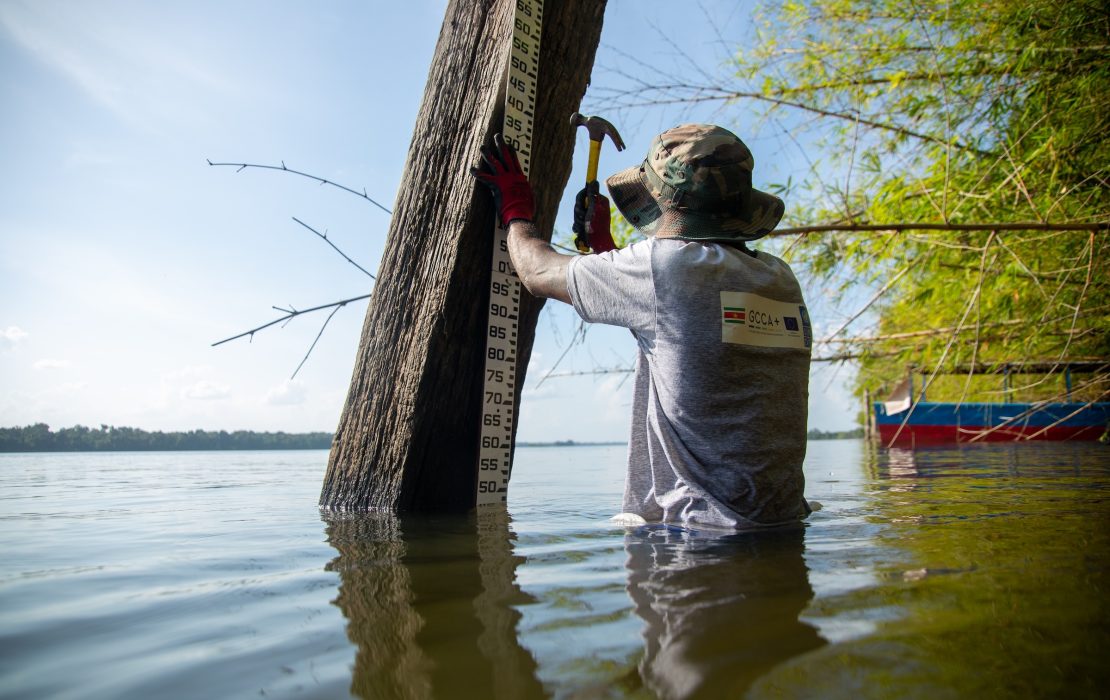
Photo: Thinapob / Adobe
The energy transition we need is not just about adding renewables into the mix—it’s about creating a seamless, integrated system that works across all sectors and geographies. Our energy future depends on moving beyond fragmented, one-tech solutions and embracing a holistic approach that can respond to evolving demands, climate challenges and changing economic contexts. This requires scaling adaptable, resilient energy systems that leverage the power of artificial intelligence (AI), emerging technologies and innovative financing to meet both today’s needs and tomorrow’s uncertainties. It’s a big challenge, but it’s also the path towards building a truly sustainable and future-ready energy ecosystem.
Recently, UNDP and Sustainable Energy for All co-hosted a session on the integration of distributed renewable energy technologies as part of the UN Energy SDG7 Action Forum in New York. Together with representatives from the Global Association for the off-grid solar energy industry (GOGLA), Schneider Electric, a leader in energy management and automation; and Acumen, a non-profit investing in social enterprises to address development challenges, we tackled this topic and discussed why something as crucial as adopting a holistic, future-proof approach to energy planning remains so challenging to implement, especially in the context of closing the energy access gap. Persistent barriers to integrating the various distributed renewable energy technologies include financial constraints such as the need to access both local and hard currencies, complex regulatory hurdles and challenges in aligning differing business models. Given that the energy sector has historically focused on supply and economic growth with limited consideration for environmental or social impacts, addressing these challenges now requires a multi-pronged approach rooted in cross-sector collaboration.
Distributed energy systems must be designed to meet the current and future needs of all sectors
Examples of true technology integration are still emerging. However, different sectors are beginning to recognize the value of interconnected energy solutions that go beyond basic electrification to support specialized needs. GOGLA’s experience in aligning national electrification plans with local realities and the specific needs of different sectors like healthcare or agriculture in Kenya and Nigeria, has proven successful in advancing off-grid solar solutions. Meanwhile, innovative financial models, such as the cross-currency swaps Acumen tested in Malawi demonstrate that traditional investment barriers such as devaluating currencies can be overcome with creative, blended finance approaches. These examples highlight that building a future-proof energy system goes beyond merely deploying technologies. It involves creating energy systems that are designed to meet the current and future needs of critical sectors such as agriculture, industry, transport, health and education. The real challenge lies in ensuring these solutions are supported by robust partnerships, innovative financing mechanisms, and flexible and appropriate legal and regulatory frameworks that can attract private investment and foster long-term sustainability.
Off-grid technologies are not a transition solution while awaiting grid expansion
In the conversation around energy access, distributed renewable energy solutions, like minigrids and solar home systems, are often seen as the answer for hard-to-reach rural communities. These technologies have proven critical in providing power to millions of people in remote regions, making it possible for schools, health centers and small businesses to function in areas where new national grid connections are either impractical or too costly. However, as we look toward the future, it's becoming clear that focusing solely on single solutions as standalone fixes may limit the broader vision we need for sustainable, future-proof energy systems.
Our approach at UNDP has increasingly focused on building the enabling environments necessary to make these integrated systems a reality. Through initiatives like the Africa Minigrids Program, we are working with governments, private sector partners and local communities to create the legal and regulatory frameworks needed to attract investment and scale these technologies. But beyond the technical and regulatory work, it’s essential that we shift the mindset around energy access. We need to think of distributed renewable energy not as a last resort for rural or underdeveloped areas to meet immediate needs, but as part of the future energy infrastructure for every part of the world.
Take, for example, the recent announcement of a microgrid at the new terminal of JFK Airport in New York. This project illustrates that distributed energy solutions are no longer just tools for rural electrification; they are becoming integral to energy resilience and sustainability in urban settings as well. Systems like these, designed for high-demand areas, are becoming blueprints for scalable resilient energy infrastructure everywhere. Designed as a federated microgrid, it will operate through four smaller, independent “power islands” that can work together to manage demand surges and ensure reliability. This structure, coupled with the integration of fuel cells for heat recovery, demonstrates the efficiency and adaptability of modern energy infrastructure. An energy management platform connected to the internet of things (IoT) will also play a critical role optimizing real-time energy usage, which mirrors the broader approach of integrating digital solutions into energy systems in rural areas of Sub-Saharan Africa.
The potential of AI is only beginning to unfold
At UNDP, we view distributed energy technologies as integral to building scalable, resilient energy systems that can adapt to future demands. For instance, UNDP has recently collaborated with IBM to launch AI-powered interactive models designed to forecast energy usage, aiding stakeholders in visualizing complex energy scenarios. By leveraging AI-driven tools, we can simulate grid dynamics, anticipate growth, and incorporate emerging innovations such as electric vehicles and smart distributed grids. This can facilitate the advancement of more flexible our energy systems that can be responsive to societal and environmental changes.
The future energy grid will need to be flexible, interconnected and capable of managing a mix of renewable energy sources and storage solutions in real time. It is crucial to move beyond viewing minigrids and solar home systems as isolated technologies. Instead, we must incorporate them into broader infrastructure planning that includes smart grids, electric vehicles, mobile storage solutions, and digital energy management systems. This integrated approach should ensure these systems are not only resilient, but also adaptable to the rapid changes in energy demand and climate-related challenges and powerful engines for economic growth.
In the end, the question is not only whether we can provide basic energy access to underserved communities—but how we can build future-proof energy systems that will serve them for decades to come. The potential climate benefit of distributed renewable energy systems is substantial: they can replace fossil fuel-based energy in rural and urban areas alike, optimize energy use with digital tools, and bolster resilience to climate-related disruptions. By moving beyond narrow, tech-driven solutions and embracing integrated, holistic approaches, we can build the energy infrastructure of the future, one that ensures sustainability, resilience, and prosperity for all.


